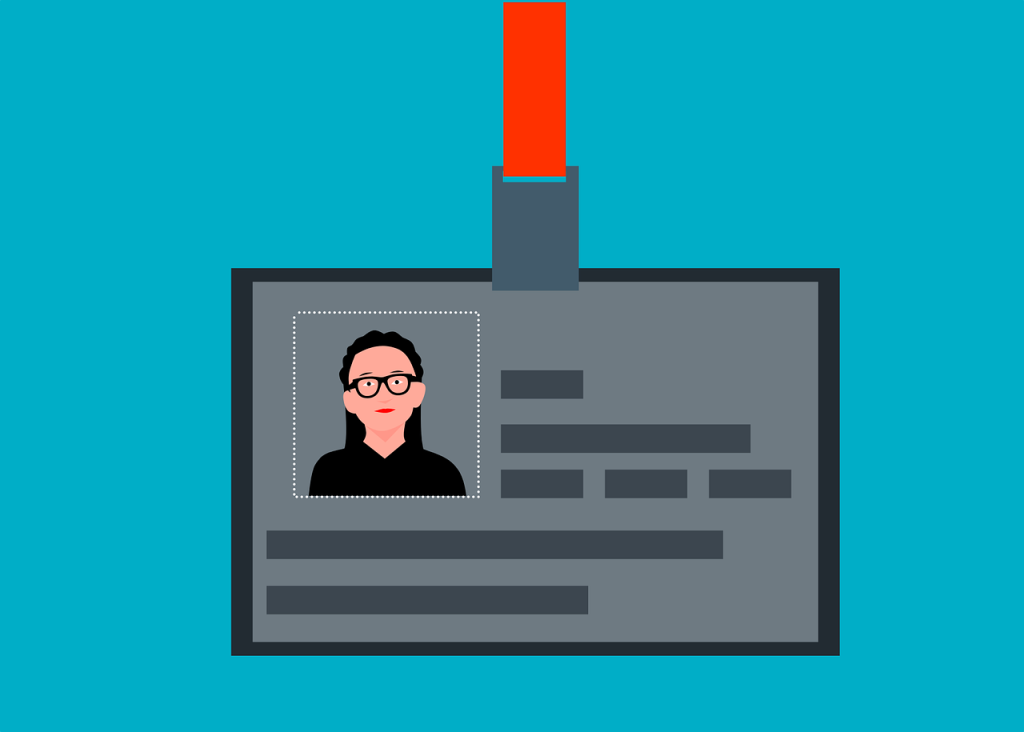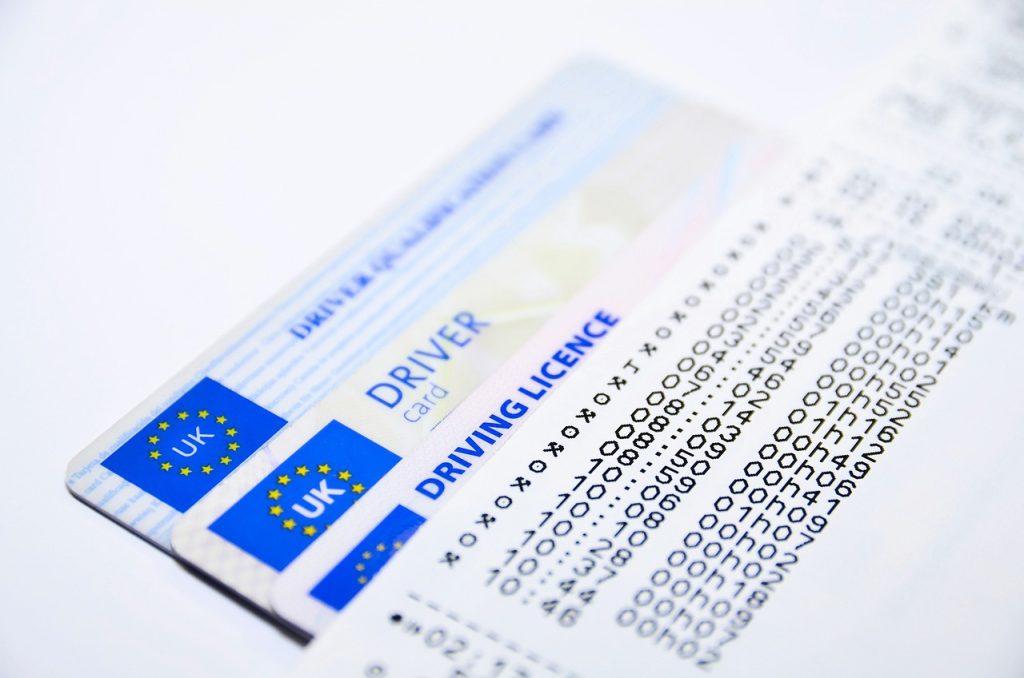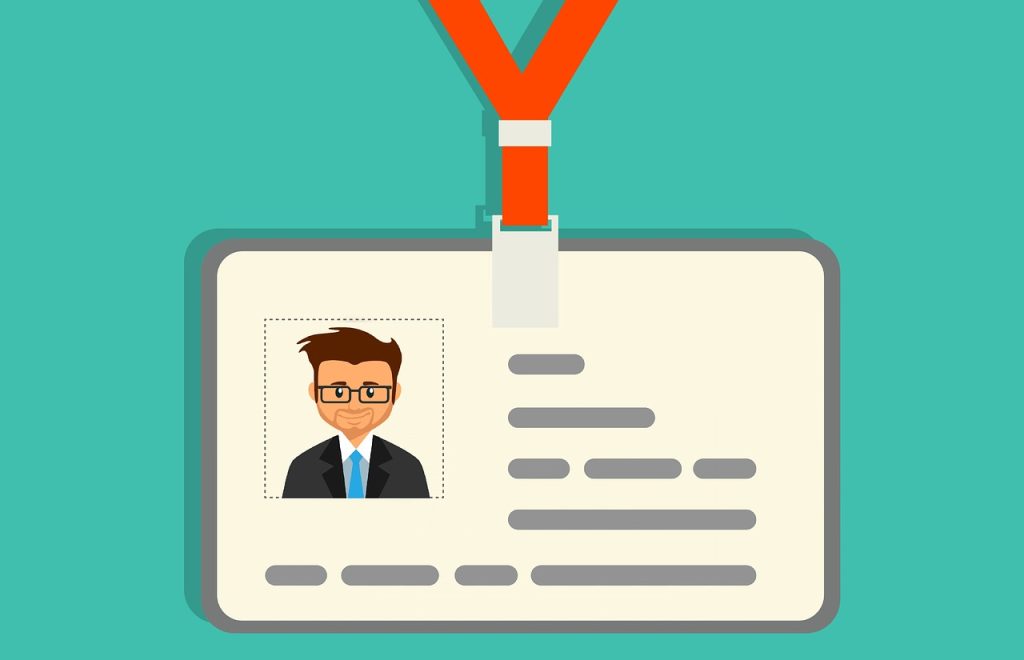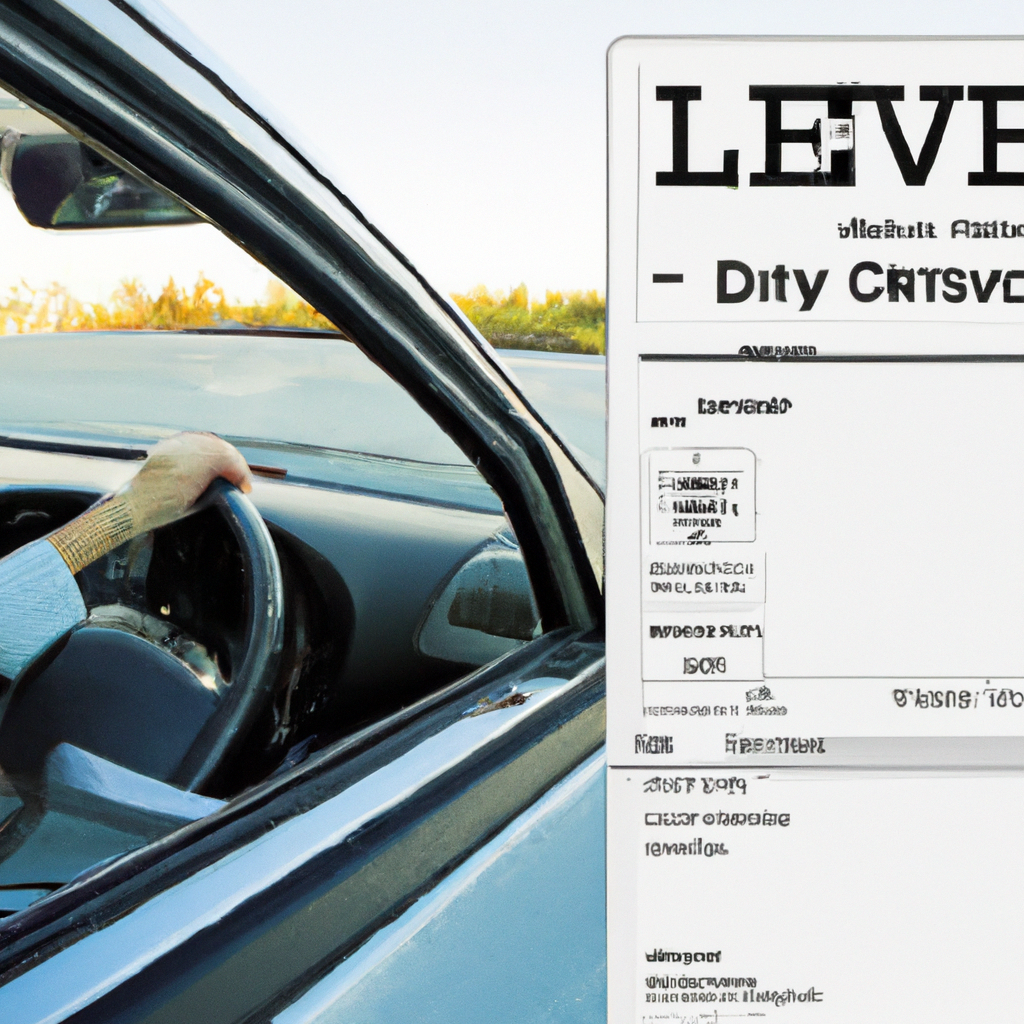Imagine yourself navigating the intricate process of obtaining a Canadian driver’s license. Excitement bubbles within you as you embark on this journey towards independence and freedom on the open roads. From acing the written test to mastering the art of parallel parking, this article takes you through the step-by-step process of obtaining that coveted document that signifies your ability to drive legally in Canada. So, buckle up and get ready to embark on an adventure that will not only enhance your mobility but also open doors to new experiences and opportunities.
1. Basic Requirements
Age Restrictions
To obtain a Canadian driver’s license, you must meet certain age restrictions. The minimum age requirement varies by province, ranging from 14 to 18 years old for a learner’s permit, and 16 to 18 years old for a regular driver’s license. It is important to check the specific age requirements in your province.
Residency
Residency is another requirement for obtaining a Canadian driver’s license. You must be a resident of the province in which you are applying for a license. This means providing proof of residency, such as a utility bill or a lease agreement, to the licensing authority.
Health Requirements
To ensure the safety of yourself and others on the road, it is important to meet certain health requirements when applying for a driver’s license in Canada. You may be required to provide a medical report or undergo a vision test to evaluate your fitness to drive. These requirements help ensure that you have the necessary physical capabilities to operate a vehicle safely.
Knowledge Test
Before obtaining a Canadian driver’s license, you must pass a knowledge test. This test assesses your understanding of the rules of the road, traffic signs, and driving laws specific to your province. It is essential to study the driver’s handbook and familiarize yourself with the information to successfully pass the knowledge test.
2. Learner’s Permit Stage
Applying for a Learner’s Permit
The learner’s permit stage is the first step towards obtaining a Canadian driver’s license. To apply for a learner’s permit, you will need to visit your local licensing authority and complete the necessary forms. You may be required to provide identification documents, proof of residency, and pay the applicable fees. It is essential to check with your province’s licensing authority for specific requirements and procedures.
Preparing for the Learner’s Permit Test
Preparing for the learner’s permit test is crucial to increase your chances of success. Study the driver’s handbook thoroughly, paying attention to traffic signs, rules of the road, and other important information. Utilize practice tests available online or through driver’s education programs to familiarize yourself with the format and types of questions that may be asked.
Taking the Learner’s Permit Test
The learner’s permit test evaluates your understanding of driving laws and procedures. It may consist of multiple-choice questions, true or false statements, or identifying road signs. Arrive at the testing center prepared with the necessary identification documents and be sure to read and understand each question before selecting your answer.
Restrictions and Responsibilities
As a holder of a learner’s permit, certain restrictions and responsibilities apply. Typically, learners are required to be accompanied by a fully licensed driver who has a minimum number of years of driving experience. The number of passengers may also be limited, and there may be restrictions on driving during certain times or in particular areas. It is important to adhere to these restrictions and take the responsibility seriously while learning to drive.

3. Graduated Driver’s License (GDL) Program
Stage 1: G1 License
The Graduated Driver’s License (GDL) program is designed to gradually introduce new drivers to the complexities of the road. The first stage is obtaining a G1 license, which is equivalent to a learner’s permit. This license allows you to practice driving under certain conditions, with restrictions on passengers and driving at certain times. The requirements and restrictions may vary by province, so it is essential to familiarize yourself with the specific guidelines.
Stage 2: G2 License
After successfully completing the requirements of the G1 license, you can progress to the G2 license. The G2 license is an intermediate stage that allows more freedom on the road, with fewer restrictions compared to the learner’s permit. However, certain limitations may still apply, such as restrictions on alcohol consumption and the number of passengers allowed in the vehicle.
Stage 3: Full G License
The final stage of the GDL program is obtaining a full G license, also known as a regular driver’s license. To be eligible for a full G license, you must complete all the requirements of the previous stages, including driving experience, passing the required tests, and demonstrating safe and responsible driving habits. A full G license allows you to operate a vehicle without any restrictions and is the culmination of the licensing process.
4. Driver Education and Training Programs
Choosing a Driver Education Program
Driver education programs can greatly enhance your knowledge and skills as a driver. It is essential to choose a reputable and licensed program that meets the requirements set by your province’s licensing authority. These programs typically consist of both in-classroom training and in-car practical lessons to provide comprehensive education and hands-on experience.
In-classroom Training
In-classroom training is an integral part of driver education programs. It covers various topics such as traffic laws, road signs, defensive driving techniques, and more. Qualified instructors provide interactive lessons, facilitating discussions, and answering any questions you may have. It is important to actively participate in these classes and take advantage of the opportunity to learn from experienced professionals.
In-car Practical Lessons
In-car practical lessons allow you to apply the knowledge gained from the in-classroom training to real-life driving scenarios. Qualified instructors guide you through practical driving exercises, teaching essential skills such as vehicle control, maneuvering, and responding to different traffic situations. It is crucial to actively engage in these lessons, seeking feedback, and practicing safe driving techniques.
Completing the Training Program
Completing a driver education training program is a requirement in some provinces for obtaining a driver’s license. It is important to ensure that you fulfill all the program requirements, including the necessary number of classroom hours and practical driving lessons. Upon successful completion, you will receive a completion certificate, which may be required when applying for a driver’s license.

5. Applying for a Driver’s License
Documents and Identification
When applying for a driver’s license, you will be required to provide certain documents and identification. These may include your birth certificate, social insurance number, proof of residency, and any other documents as specified by your province’s licensing authority. It is essential to gather all the necessary paperwork and ensure that they are valid and up to date.
The Application Process
The application process for a driver’s license typically involves completing an application form and submitting it along with the required documents. You will need to visit your local licensing authority office and undergo the necessary procedures, such as submitting identification documents, completing a vision test, and paying the applicable fees. Following the application process accurately will ensure that your application is processed smoothly.
Payment of Fees
There are fees associated with obtaining a driver’s license. These fees may include application fees, knowledge test fees, and license issuance fees, among others. It is important to be aware of the specific fees applicable in your province and ensure that you have the necessary funds to cover them.
Photo and Signature
As part of the driver’s license application process, you will have your photo taken and provide a signature. These will be used to create your driver’s license card. It is important to ensure that your photo meets the required guidelines, such as proper lighting and a neutral expression. Your signature should also be clear and legible.
6. Written Knowledge Test
Test Content
The written knowledge test is designed to evaluate your understanding of driving laws, regulations, and safe driving practices. It typically covers a wide range of topics, including traffic signs, road rules, defensive driving techniques, and more. It is important to study the driver’s handbook and any additional materials provided by your province’s licensing authority to thoroughly prepare for the test.
Preparing for the Knowledge Test
To prepare for the knowledge test, start by reading and studying the driver’s handbook provided by your province’s licensing authority. Familiarize yourself with the traffic signs and road rules specific to your province. Additionally, consider taking practice tests online or through driver’s education programs to gauge your readiness and identify areas where you may need further study.
Test Format and Scoring
The knowledge test is typically a multiple-choice exam, although the exact format may vary by province. It is essential to carefully read each question and all the answer options before making your selection. Scoring is usually based on the number of correct answers out of the total number of questions. Be sure to manage your time effectively during the test and double-check your answers before submitting your exam.

7. Practical Driving Test
Booking the Test
Once you have successfully passed the knowledge test, you can book the practical driving test. Contact your province’s licensing authority to schedule an appointment for the road test. It is recommended to book the test well in advance, as there may be a waiting period due to high demand. Gather all the necessary documents and identification required for the test.
Preparation for the Road Test
Preparation is key to performing well in the road test. Practice your driving skills in a variety of traffic conditions, including residential areas, highways, and intersections. Familiarize yourself with the road test route in your area, paying attention to common maneuvers and potential challenges. Additionally, ensure that the vehicle you will be using for the test is in proper working condition and complies with the safety requirements.
Test Requirements and Scoring
During the road test, an examiner will evaluate your driving abilities and adherence to traffic laws. The examiner will assess various aspects such as starting and stopping, turning, lane changes, parking, and defensive driving techniques. It is important to demonstrate safe and confident driving throughout the test. The examiner will provide feedback and assign a score based on your performance. Achieving a passing score is essential to obtain your driver’s license.
8. Vision Test
Purpose of the Vision Test
The vision test is a crucial component of the driver’s license application process. Its purpose is to assess your visual acuity and ensure that your vision meets the minimum requirements for safe driving. A good visual acuity is essential for recognizing road signs, hazards, and other vehicles on the road.
Requirements and Procedures
During the vision test, you will be asked to read a series of letters or symbols on a chart at a specific distance. The licensing authority will set the minimum acceptable vision requirements, and you will need to meet or exceed these standards to pass the test. If your vision does not meet the requirements, you may be required to undergo further evaluation by an eye care professional.

9. Classifications and Endorsements
License Classifications
Canadian driver’s licenses are divided into different classifications, depending on the type of vehicle you intend to operate. The classifications typically include cars, motorcycles, commercial vehicles, and public passenger vehicles. Each classification may have specific requirements, restrictions, and endorsement options. It is important to familiarize yourself with the classification that fits your needs and ensure that you meet the associated requirements.
License Endorsements
In addition to the different license classifications, there may be optional endorsements available for specific driving activities or additional qualifications. Endorsements can include specialized training for operating motorcycles, driving school buses, or carrying hazardous materials, among others. These endorsements require additional knowledge, skills, and often separate testing or training. If you have any specific driving ambitions or requirements, be sure to inquire about available endorsements.
10. License Renewal and Expiration
Renewing a Driver’s License
Driver’s licenses in Canada have an expiry date, typically every five years. It is important to keep track of your license’s expiration date and initiate the renewal process before it expires. The renewal process may involve updating personal information, providing updated identification documents, and paying the renewal fee. Failure to renew your driver’s license before it expires may result in additional fees or the need to retake certain tests.
Expiry and Reinstatement
If your driver’s license has expired, you may need to go through a reinstatement process to regain your driving privileges. This process generally involves paying any outstanding fines or penalties, completing any required testing or training, and updating your identification and personal information. It is essential to promptly address an expired license to avoid legal consequences and ensure your ability to operate a vehicle legally.
Updating Information
Throughout the duration of your driver’s license, it is important to keep your personal information up to date. If you change your address, name, or any other relevant information, it is necessary to notify your province’s licensing authority and update your driver’s license accordingly. This helps ensure that you receive important correspondence and maintain accurate records with the licensing authority.

